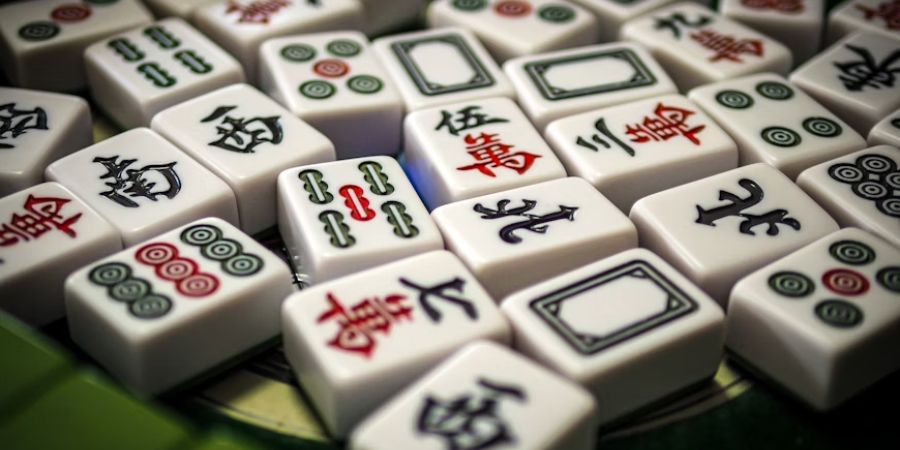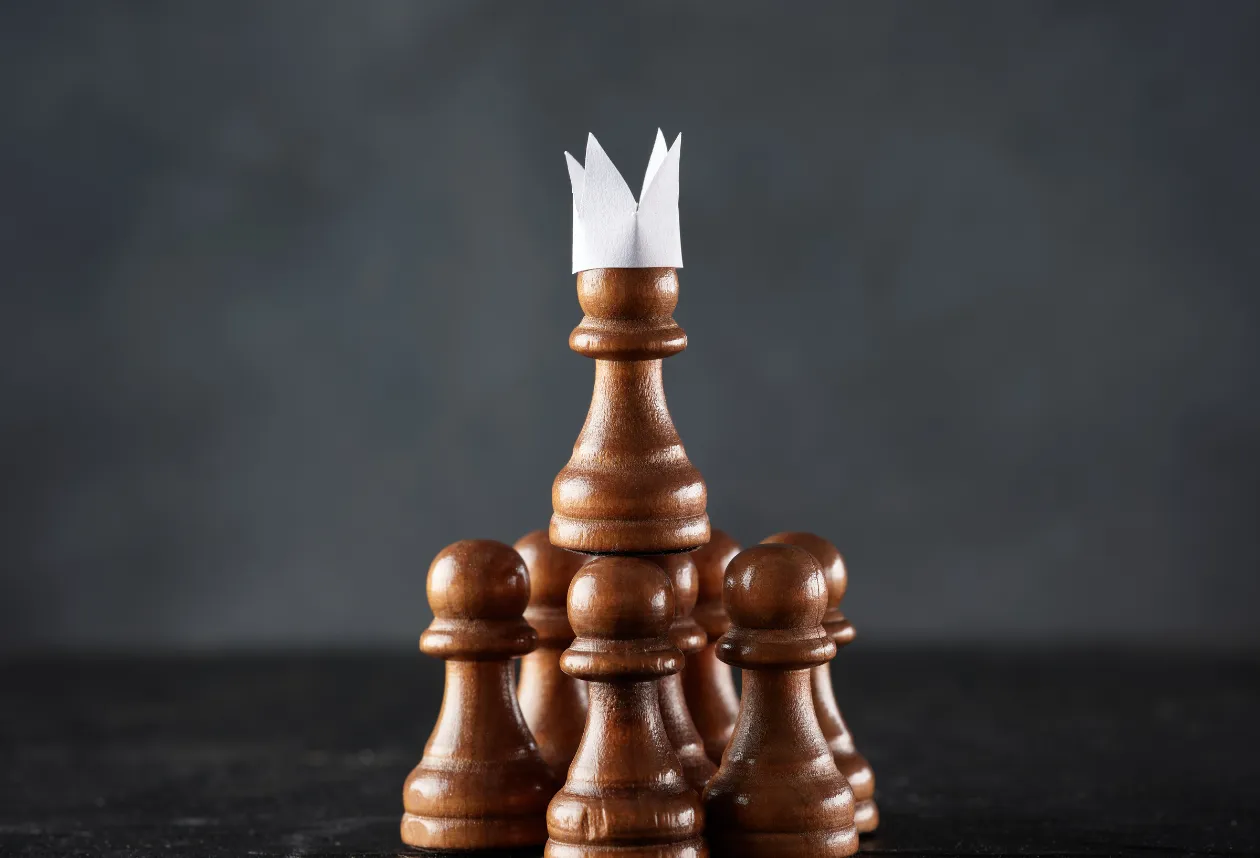Mahjong’s charm is a two-for-one: a brainy strategy game wrapped in a beautifully designed object. On one level, it’s a serious workout for attention, memory, and pattern recognition. On another, it’s a calming ritual of gleaming tiles, measured movement, and satisfying sounds. Put those together and you get something wellness-conscious audiences love: a pastime that feels good for the mind and looks good for the soul.
Brains love patterns, eyes love tiles
If you’ve ever watched a table in motion, you know the choreography: scan discards, track suits, hold a line in your head while new information arrives every few seconds. That rhythm nudges you into a focused state where distractions fade and the board becomes a living puzzle. If you want to build confidence before sitting down in person, or you just like the appeal of playing anytime and anywhere, you can play Mahjong online with people from around the world. You won’t be waiting long for opponents to show up either, and everything is secured.
Cognitively, mahjong demands just the right mix of skills to wake up executive function. You’re juggling short-term memory (what’s out, what’s live), selective attention (watch that 6-Bamboo), and planning (risk now, payoff later). The game rewards flexible thinking–abandoning a line when a better pattern opens–and it trains situational awareness because every opponent’s discard is fresh data. That constant, gentle stretch is a big reason the game is praised by players and researchers alike.
Why the strategy feels like a mental tune-up
Memory work in mahjong is contextual. You remember because it matters to the evolving state of play. The same goes for pattern recognition: you’re not just hunting any set but recognizing a viable shape at the exact moment it becomes possible. That kind of “applied memory” is sticky, though. People report feeling sharper after a session not because they memorized flash cards, but because they repeatedly made small, informed decisions in a changing environment.
Research backs the idea that regular, mentally engaging play can support healthy cognition in later life. In a large prospective study of older adults in China, people who played cards or mahjong almost daily had a 37% lower risk of developing dementia after adjusting for lifestyle and health factors. The result doesn’t prove causation by itself, but it’s a strong signal that social, strategic games sit on the “good stress” side of the ledger.
Zooming in further, an intervention trial helps explain the mechanism. In a 12-week randomized study of older adults with mild cognitive impairment, participants assigned to play mahjong three times a week showed statistically significant improvements in executive function compared with a control group, measured on tools like the MoCA-Beijing and the Shape Trail Test. The sample was modest (56 people), but the direction was consistent across measures: repeated, deliberate play moved the needle on skills that matter for everyday planning and attention.
For wellness-focused players, that’s the practical takeaway: mahjong offers a built-in circuit for attention training. Each hand is a short interval of concentration, with mini breaks baked in. Over a night, you practice returning to focus again and again, but gently. No timers buzzing, no notifications; just tiles and conversation. It’s cognitive exercise that feels like a social hour.
The aesthetics that quiet the mind
The other half of mahjong’s appeal is sensory. Tiles catch the light, glyphs repeat in pleasing symmetry, and the table’s soft “clack-clack” becomes a kind of metronome. Even the setup ritual that consists of washing tiles and building the wall creates a threshold moment that many players find centering. Designers have leaned into that beauty: modern sets come in serene palettes or bold neons; racks and trays turn into objets d’art; felt mats and table edges soften the room’s sound. The whole experience whispers “focus” without force.
Technology adds to the calm rather than disturbing it. Automatic tables, once rare, now reset the wall with minimal fuss and keep surfaces clean, which makes longer, more frequent sessions easier, particularly for multigenerational households who want the table ready for a quick after-dinner round. Media coverage has noted how these tables, with subtle features like built-in ports or cup holders, help younger players host more often while honoring the game’s core ritual.
The visual language of the tiles also does a quiet therapeutic trick: patterns are not merely decorative but functional cues that invite recognition. The more your eyes learn to read the suits and honor tiles at a glance, the more the board becomes legible, and the less cognitive “noise” you experience. That transition from clutter to clarity is deeply satisfying, much like learning to read a new script. Over time, what once looked busy becomes soothing.
Social flow, gentle stakes, real connection
Wellness isn’t just solo brain training. It’s also community–regular faces, shared jokes, the small talk that stitches a week together. Mahjong excels here. The game gives structure to a hangout without dominating it. There’s a reason hosts can teach a beginner and still have a meaningful conversation with an elder at the same table, because play comes in pulses. You think, you draw, you discard, and then you breathe and chat. That cadence is rare in daily life, and people gravitate toward it once they feel it.
This social dimension is one reason the game has been cropping up in public again. Teaching tables at cafés and clubs are full of newcomers who want a tactile antidote to doom-scrolling and productivity pressure. There’s been a nearly 180% increase in mahjong events in the U.S. from 2023 to 2024, according to Eventbrite.
If you look beneath the trend line, you’ll see what’s working: nights that welcome beginners without dumbing things down, intergenerational groups where an auntie’s table wisdom meets a Gen Zer’s online practice, and spaces that lean into visual pleasure. Good lighting, inviting sets, a clean mat, maybe an automatic table if it suits the host. The result is its own kind of group hygiene: a room where people feel sharper when they leave than when they arrived.
And don’t underestimate the power of the object. Choosing a set you genuinely enjoy makes you want to play more often, just as a good book cover makes you want to read. The tiles invite you to the table, and the game rewards you for staying. When those two things combine–mental engagement and visual delight–you get a habit that’s unusually sticky, and unusually kind to your head.



